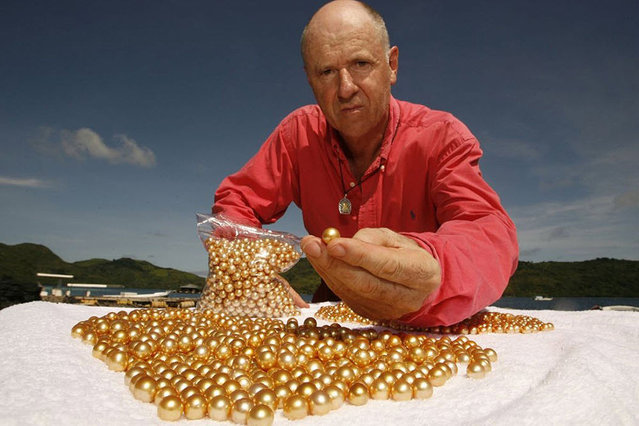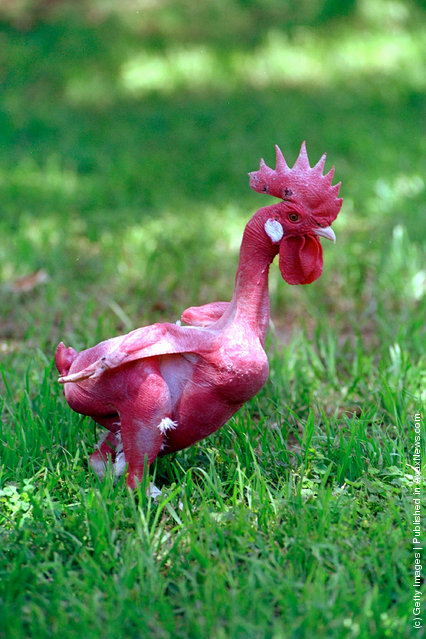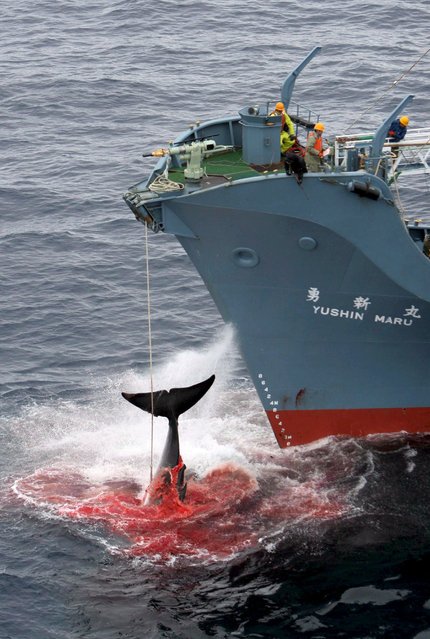
Jewelmer is the only pearl producer in the world that has successfully produced pearls with a rich, natural golden color. Through decades of research and biotechnology, Jewelmer was able to perfect the breeding process that produces gold-lipped Pinctada maxima pearl oysters capable of growing large, lustrous, golden pearls. This deep, rich color can only be found in South Sea pearls produced in the Philippines.
08 Oct 2014 11:50:00,post received
0 comments







